Today we're showing you 14 locations in Korea that are recognized as World Heritage Sites by UNESCO.
Korea has a history going back more than 5000 years and has endured hardships and wars, but has managed to preserve many beautiful relics and historical sites.
Ready to dive in? Then let's go!
Seokguram Grotto & Bulguksa Temple (1995)
석굴암과 불국사

Name: Seokguram Grotto (석굴암)
Location: 경상북도 경주시 진현동 불국로 873-243
873-243 Bulguk-ro, Jinhyeon-dong, Gyeongju-si, Gyeongsangbuk-do
Seokguram is a hermitage that was built in 751, the 10th year of the reign of King Gyeongdeok of Silla in what was the capital at the time.
It is considered a masterpiece of the Silla Dynasty, showing the unification of religion, art, architecture, mathematics, and geometry.
It was registered as a Word Heritage Site in 1995 by UNESCO.
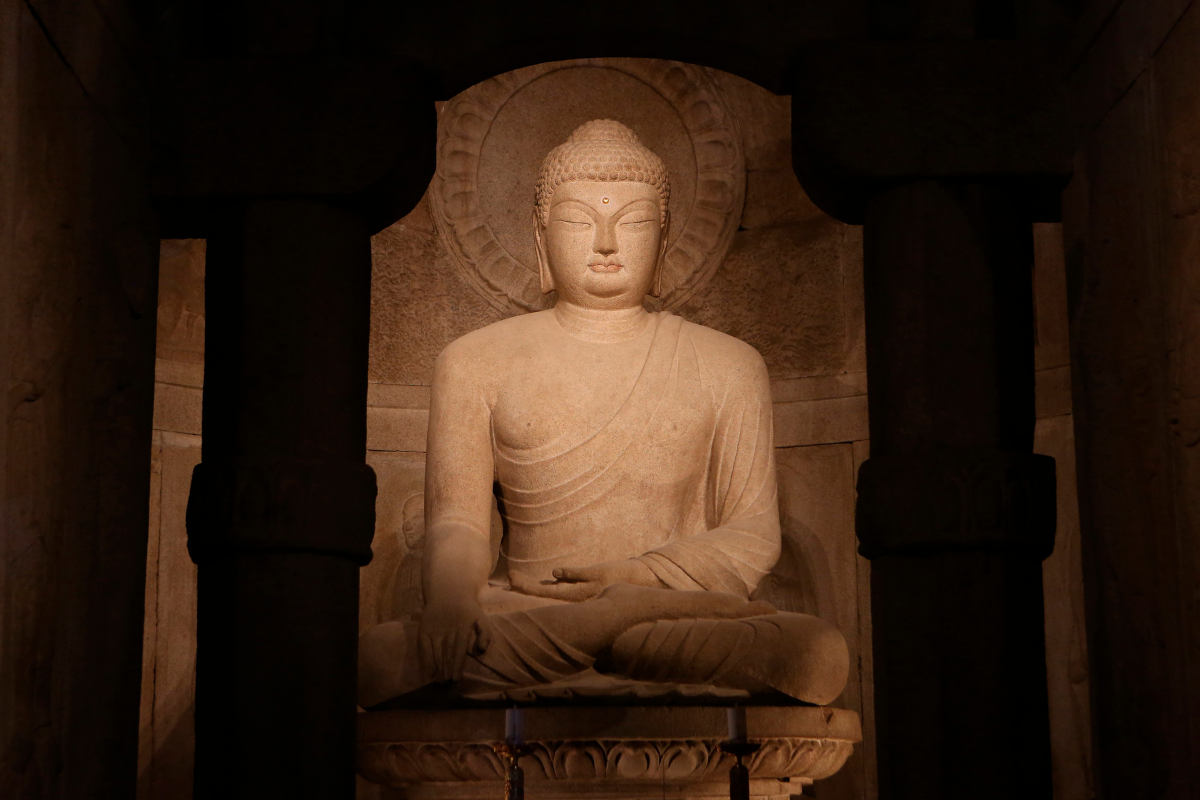
The techniques used to design and build the interior of Seokguram have made architects all over the world fall in love with it.
The beauty and complexity of the cave is also clearly reflected in the statues in the halls and the reliefs along the walls.

Name: Bulguksa Temple (불국사)
Location: 경상북도 경주시 진현동 15-1
15-1 Jinhyeon-dong, Gyeongju-si, Gyeongsangbuk-do
Bulguksa Temple was built in 528, the 15th year of King Beopheung's reign during the Silla Dynasty.
It is a masterpiece of the golden age and shows the unification of art and Buddhism.
It was also recognized by UNESCO in 1995 as a Word Heritage Site.
Though the temple has undergone many renovations, the culture and tradition has been preserved in the process.
Every day there are visitors to this temple, both foreign and Korean, some coming to marvel at its beauty, and some to pray.
Jongmyo Shrine (1995)
종묘
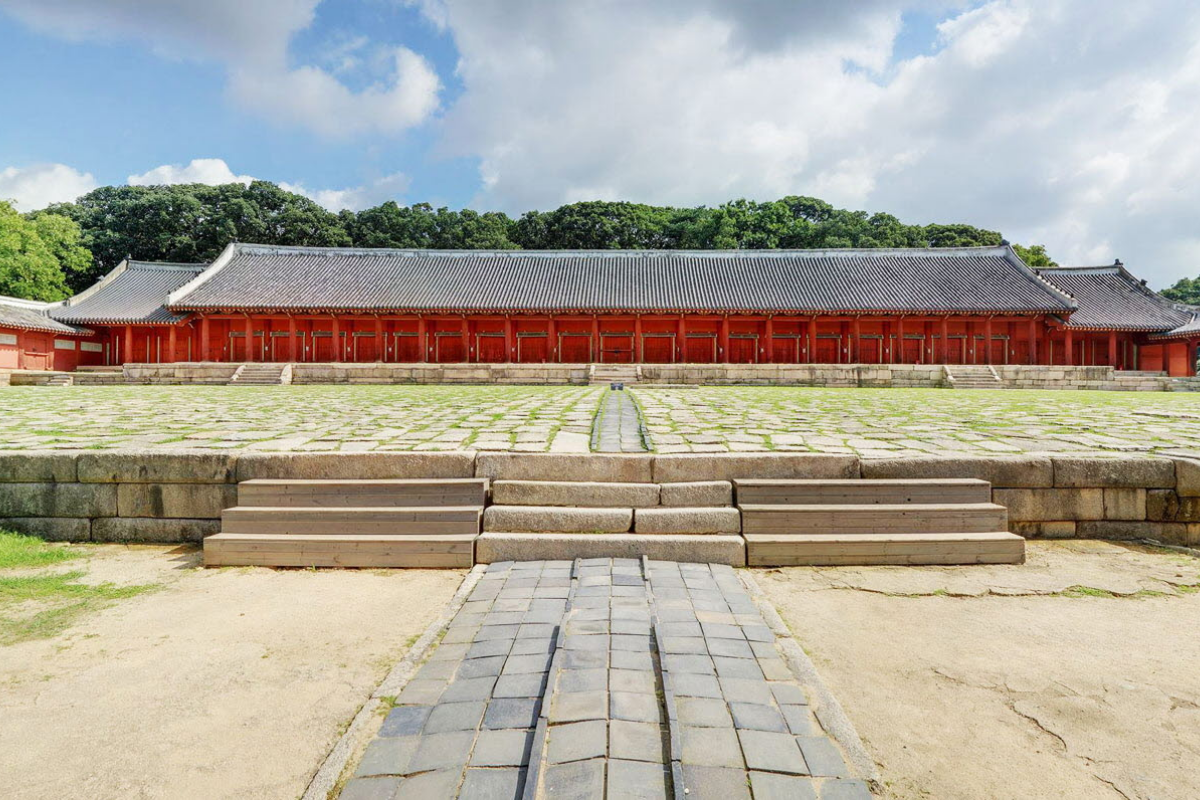 Source: Korea Culture Heritage
Source: Korea Culture Heritage
Location: 서울특별시 종로구 훈정동 종로 157
157 Jong-ro, Hunjeong-dong, Jongno-gu, Seoul
Jongmyo Shrine is the oldest preserved Confucian temple.
The temple was originally built in 1394, but was burned down during Japanese invasion, then restored in 1606.
The main shrine, with an area of 1,270 square meters, is the largest wooden structure built in the 14th century.
There are monuments here that honor 19 kings and 30 queens and all of their major achievements.
Haeinsa Temple Janggyeong Panjeon (1995)
해인사 장경판전
 Source: Jungang Ilbo
Source: Jungang Ilbo
Location: 경상남도 합천군 가야면 치인리 10
10 Chiin-ri, Gaya-myeon, Hapcheon-gun, Gyeongsangnam-do
The Haeinsa Temple Janggyeong Panjeon holds the Tripitaka Koreana, a collection of the Buddhist scriptures carved on 81,258 wooden blocks, preserved since 1398.
Changdeokgung Palace (1997)
창덕궁
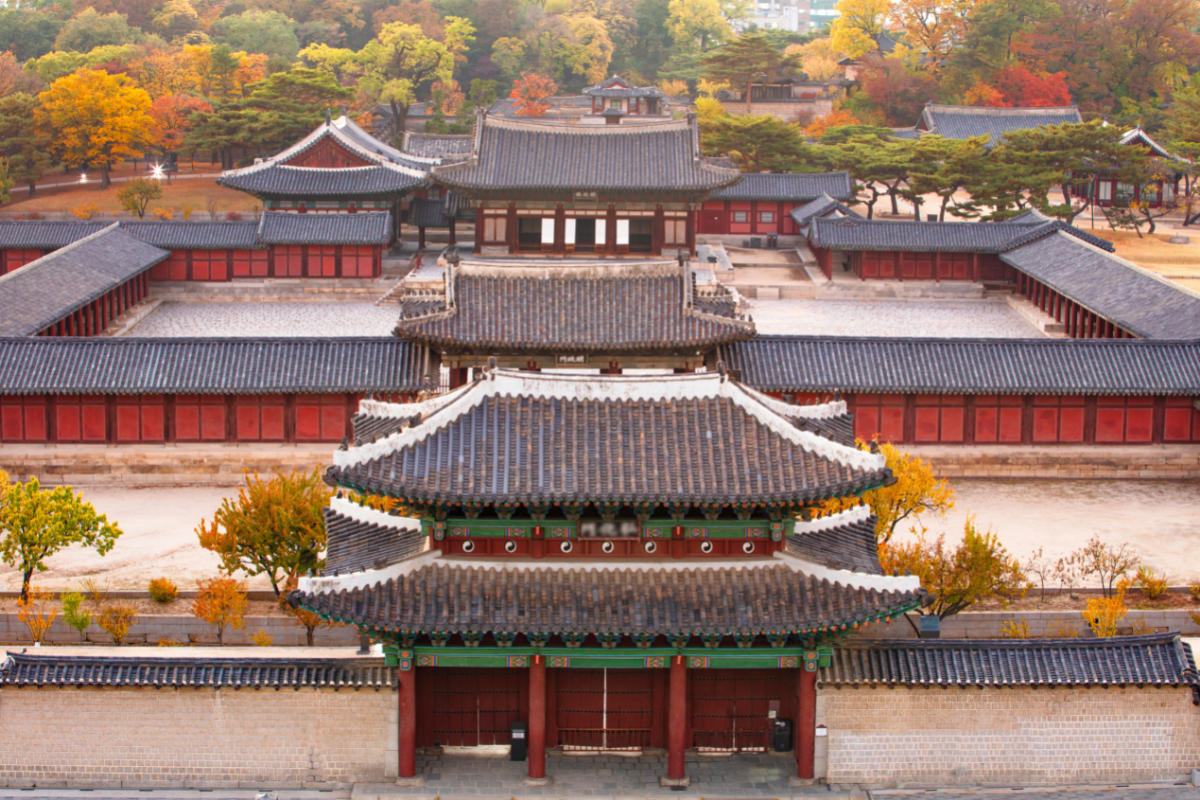
Location: 서울특별시 종로구 와룡동 율곡로 99
99 Yulgok-ro, Waryong-dong, Jongno-gu, Seoul
Changedeokgung was the official palace of the Joseon Dynasty from 1610 to 1868.
The palace's architecture complements the natural beauty of the surrounding mountains.
It is a great example of the architectural concept of the time that emphasizes the balance of the landscape and nature.
It is centrally located and holds a unique beauty and charm both by day and night, and each season it seems to have a different atmosphere as well.
Suwon Hwaseong Fortess (1997)
수원화성

Location: 경기도 수원시 장안구 영화동 320-2
320-2 Yeonghwa-dong, Jangan-gu, Suwon-si, Gyeonggi-do
Hwaseong Fortress is considered to be a masterpiece of Joseon's military architecture with a structure that showcases their knowledge of science and industry.
The fortress took about two years to build (1794-1796) and was designed by architect Jeong Yakyong who later went on to become the famous leader of the Silhak movement.
Hwaseong Fortress was built with a high-level defense consisting of four main gates that were used as entrances to the city, but they also were strategically designed for military defense with hatches and secret doors.
Gyeongju Historic Areas (2000)
경주역사유적지구
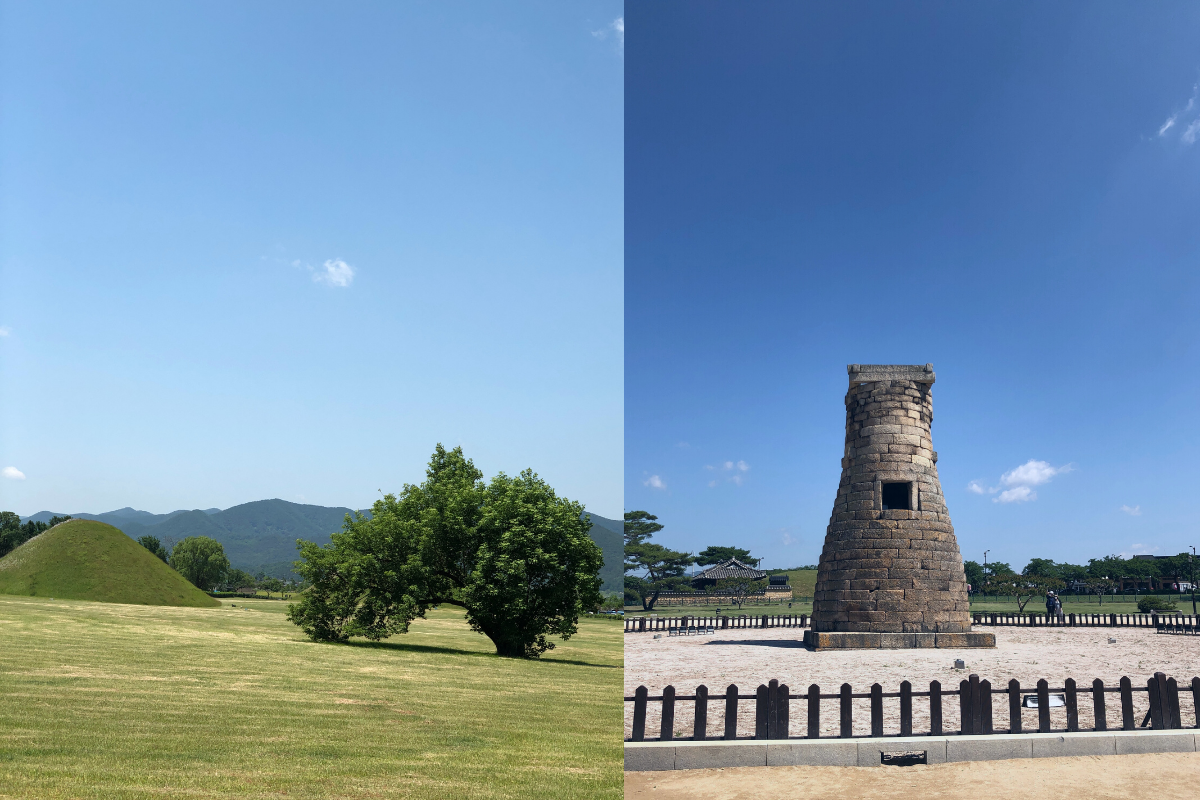
Location: 경상북도 경주
Gyeongju, Gyeongsangbuk-do
Gyeongju was the capital of Silla and today you can see temple relics, castles, open-air pagodas, statues, and other artifacts left behind from ancient Korea.
This area is the largest open-air museum in the world and because of its status, the area has been preserved and no tall, modern buildings are permitted in order to preserve the beauty and balance between man-made structures and nature.
Gochang, Hwasun, & Ganghwa Dolmen Sites (2000)
고창 화순 강화 고인돌 유적

Location: 전라북도 고창군; 전라남도 화순군; 인천광역시 강화군
Gochang-gun, Jeollabuk-do; Hwasun-gun, Jeollanam-do; Ganghwa-gun, Incheon
It is said that Korea has more than 40% of the ancient stone tombs in the world, and most of them are concentrated in Gochang, Hwasun, and Ganghwa.
The stone tombs in Korea date back to the 7th century BCE up to the 3rd century BCE and mark the burial sites of the ruling class of the time.
They are considered to be invaluable because they teach us about the lives of the ancient Korean people, from funerals to art and architecture.
Jeju Volcanic Island and Lava Tubes (2007)
제주화산섬과 용암동굴
 Source: World Heritage
Source: World Heritage
Location: Jeju Island
Making up most of Jeju Island is Hallasan Mountain, a volcano that is 1,950 meters above sea level making it the highest mountain in Korea, a place that has long been held sacred to Korean people.
At the summit is a lake formed by a crater called Baengnokdam (백록담), its name meaning "white deer lake", which is said to come from the legend of the immortals who ride white deer.
In addition, Hallasan is an invaluable ecological treasure with a wide variety of flora and fauna, both tropical and subtropical.
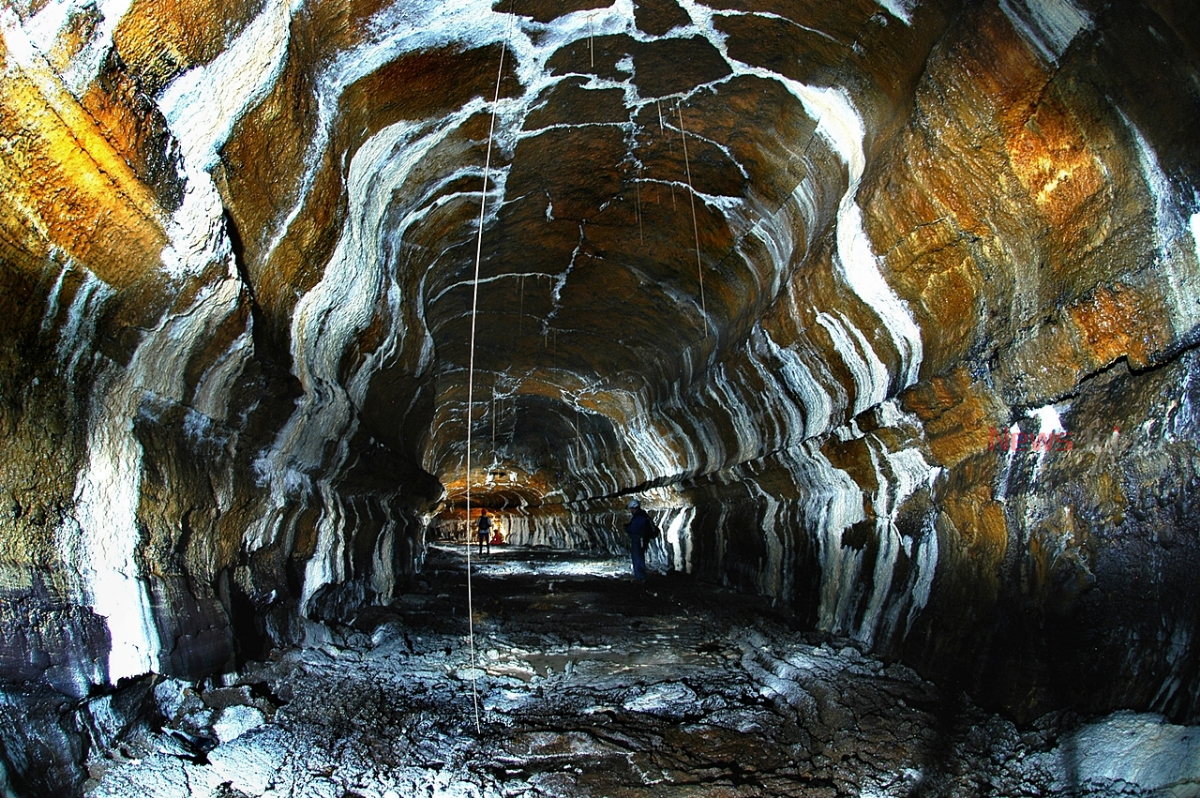 Source: Jeju News
Source: Jeju News
Some 100,000 to 300,000 years ago, Geomunoreum erupted violently and formed more than 20 lava caves of varying size, creating many underground lava tunnels.
The area is also home to historical evidence of tectonic formation.
Royal Tombs Of The Joseon Dynasty (2009)
조선왕릉
 Source: KBS news
Source: KBS news
Location: 경기; 서울; 강원
Gyeonggi-do; Seoul; Gangwon-do
The Royal Tombs consist of over 40 tombs built between 1408 and 1966 to commemorate the deceased and showcase the majesty of Joseon Dynasty.
They were built according to Confucian standards, both behind mountains and with rivers in front, including being separated from the surrounding area by mountains.
Most tombs were mostly located around the Hanyang Citadel, now Seoul, for the convenience of accessibility for paying homage to ancestors.
In front of the tombs are stone monuments and statues that all hold their own special meaning.
Historic Villages Of Hahoe & Yangdong (2010)
한국의 역사마을 하회와 양동
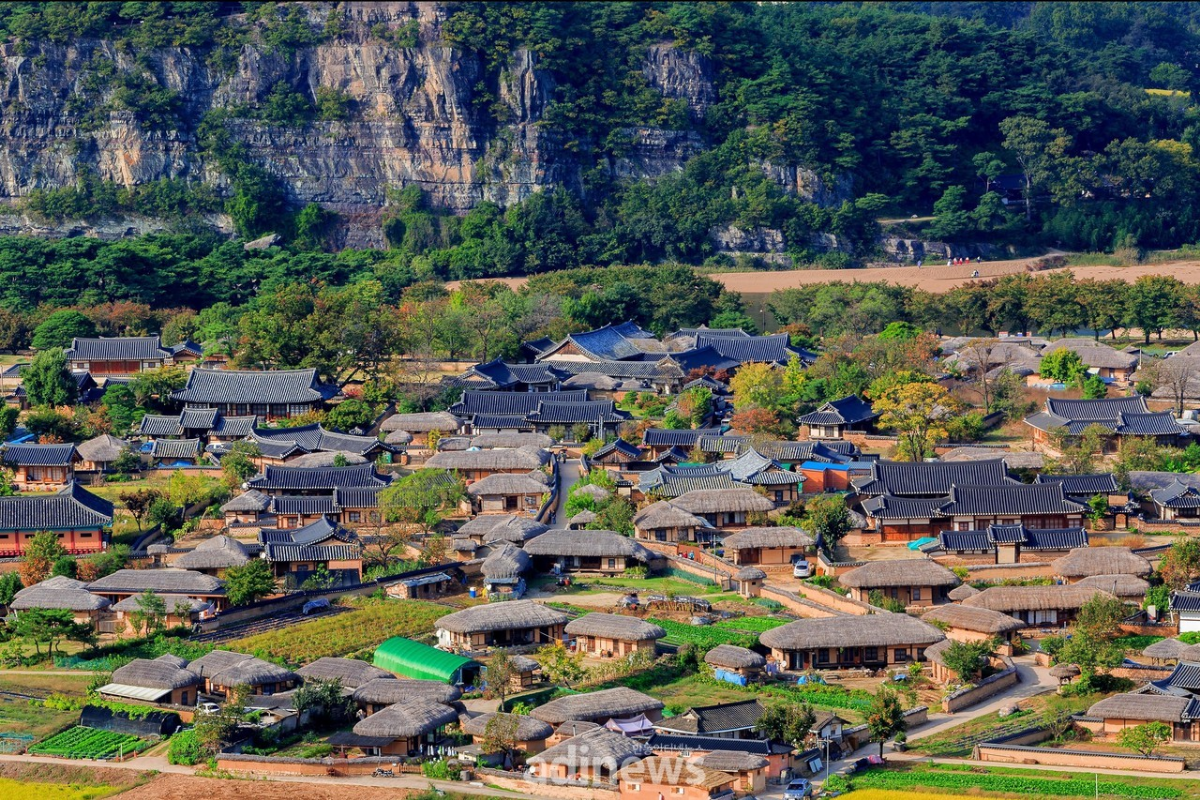 Source: adinews
Source: adinews
Location: 경상북
Gyeongsangbuk-do
Hahoe Folk Village (하회역사마을) was established in the 16th century by the Pungsan Ryu clan and is located in Andong, Gyeongsangbuk-do.
Yangdong Folk Village (양동역사마을) was founded during the early Joseon period by Son So of the Wolseong Son clan and is located in Gangdong-myeon, Gyeongsanbuk-do.
The Confucian influence can be clearly seen in the locations and set up of these villages.
The architectural style and locations of structures also clearly reflects the social structure of the time, with upper class dwellings set at higher elevations and common people's homes in the lowlands.
Namhansanseong (2014)
남한산성

Location: 경기도 광주시
Gwangju-si, Gyeonggi-do
Namhansanseong is a fortress in the south east of Seoul characterized by a low and thin inner wall, but a tall and strong outer wall.
In addition to the four main gates on the east, west, north, and south sides, the fortress also had 16 secret gates used sending and receiving food, weapons, and even reinforcements.
In case of emergency, Namhansanseong also served as a temporary capital so that the royal family and military commanders could evacuate quickly.
The construction of Namhansanseong in the mountains represents a great advancement in Korea's military and defense technology during the Joseon era.
Baekje Historic Areas (2015)
백제역사유적지구
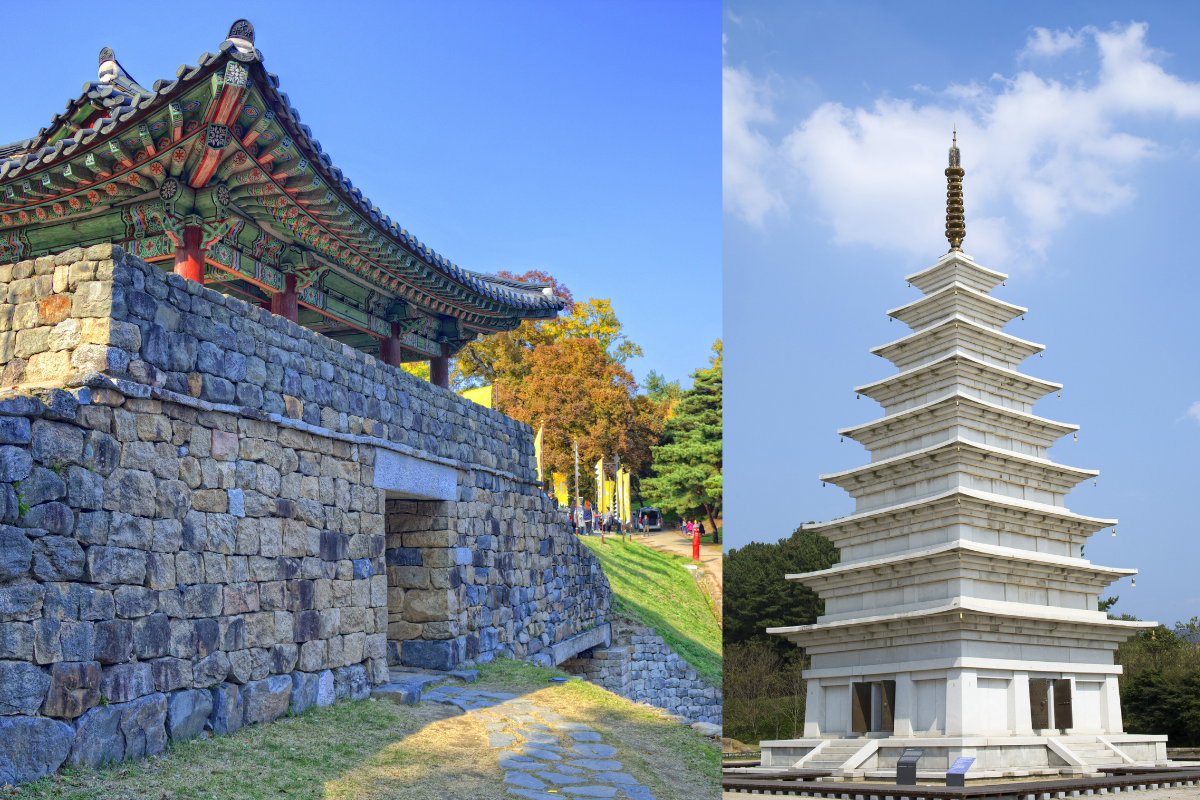
Location: 공주, 부여군, 익산
Gongju, Buyeo, Iksan
Baekje is one of the Three Kingdoms in Korean history and there are 8 archaeological sites that are collectively known as Baekje Historical Area, which consist of Gongsanseong Fortress and the royal tombs at Songsan-ri in Gonju; Busosanseong Fortress & Gwanbuk-ri administrative buildings; Jeongnimsa Temple; Neungsan-ri royal tombs & Naseong (Buyeo) City Walls; and Wanggung-ri Palace & Mireuksa Temple.
These buildings and monuments clearly show the architectural styles, culture, religion, and aesthetics of the Baekje Dynasty.
Sansa Mountain Monasteries (2018)
산사 한국의 산지 승원
 Source: beopbo news
Source: beopbo news
The Sansa Mountain Buddhist Monasteries were founded in the 7th-9th centuries, and there are seven temples in particular that are representative of the historical development of Korean Buddhism.
The seven temples where Korean tradition has bee preserved are Tongdosa, Buseoksa, Bongjeongsa, Beopjusa, Magoksa, Seonamsa, and Daeheungsa.
Korean Neo-Confucian Academies (2019)
한국의 서원

There are nine Seowon (서원), Neo-Confucian academies, recognized by UNESCO as World Heritage Sites: Sosu in Yeongju, Dosan & Byeongsan in Andong, Oksan in Gyeongju, Dodong in Daegu, Namgye in Hamyang, Piram in Jangseong, Museong in Jeongeup, and Donam in Nonsan.
A Seowon is akin to a large library where people can study Confucianism and scholars can come to give lectures about modern Confucianism.
There can also be discussions on social matters large and small and maintaining social order.
These were the 14 historical sites in Korea that are officially recognized by UNESCO as World Heritage Sites.
Aside from being culturally significant, they are also very beautiful places to visit.
What did you think? Which place most interests you?
Let us know your thoughts in the comments!

